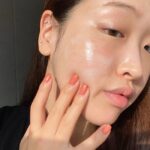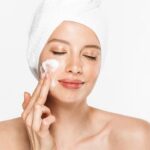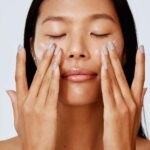1. Applying Cream Too Close to the Eyelids
Applying eye cream too close to the eyelids can cause the product to get into the eyes, leading to irritation or even swelling. Instead of applying it close to the lids, dot the cream on the bone of the eye socket, about 1-2 cm away from the eyelids. During sleep, the body’s temperature will help distribute the cream evenly across the eye area without causing irritation.
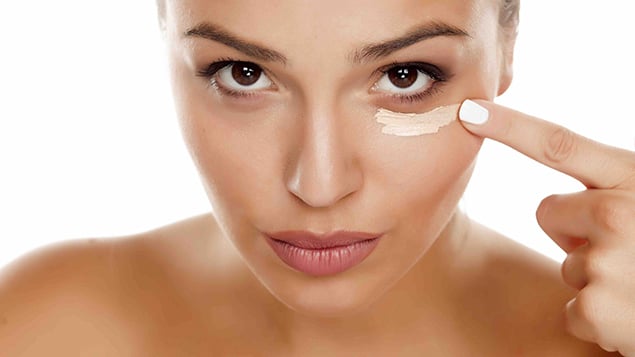
The body’s temperature during sleep ensures even distribution of the cream without irritation.
2. Using Too Much Force When Applying
The skin around the eyes is very sensitive, and excessive pulling or rubbing can cause damage and early wrinkle formation. Instead of rubbing, gently pat the cream with your ring finger to aid absorption without applying pressure to the delicate skin.
3. Using Too Much Product
Contrary to popular belief, applying a generous amount of eye cream does not enhance absorption. Over-application can lead to clogged pores and irritation. A pea-sized amount is sufficient to effectively moisturize the eye area.
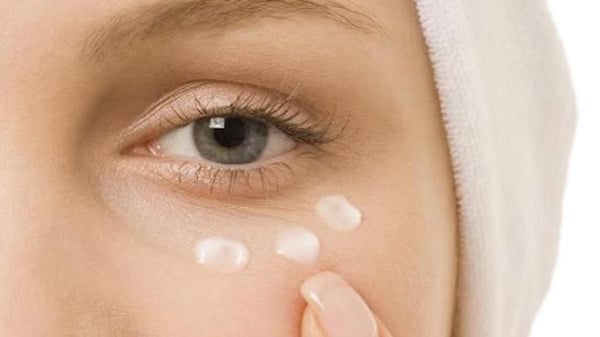
Over-application can cause product buildup and irritation.
4. Choosing the Wrong Type of Eye Cream
Different skin types have distinct needs. Using a mismatched product can lead to increased dryness, oiliness, or ineffective results. Before purchasing an eye cream, scrutinize the ingredients and choose one that addresses your specific concerns, such as hydration, brightening, or anti-aging.
5. Neglecting Sunscreen for the Eye Area
UV rays are a primary cause of skin aging, yet many people overlook sunscreen application around the eyes. This can lead to a loss of elasticity and the premature appearance of wrinkles. Opt for gentle eye-specific sunscreens or wear sunglasses to protect this sensitive area when outdoors.
6. Combining Multiple Eye Creams
Using too many eye creams simultaneously does not enhance their effectiveness but can lead to irritation or diminish their individual benefits. If you wish to try a new product, introduce it separately to gauge your skin’s reaction before making a permanent switch.
6 Retinol Mistakes You’re Probably Making and How to Fix Them for Optimal Results
Retinol is a powerhouse ingredient in the skincare world, but it’s important to introduce it to your routine gradually. Start by applying it a few nights a week and then slowly increase the frequency as your skin becomes accustomed to it. This slow-and-steady approach allows your skin to reap the benefits of retinol while minimizing potential irritation.
“Are You Really Applying Hand Cream Correctly?”
Being constantly exposed to harsh chemicals and environmental stressors, many people believe that simply washing their hands or applying hand cream is sufficient to maintain soft and youthful-looking hands. However, is this truly enough to combat the signs of aging? Are you using the right hand cream and in the correct quantity?

























